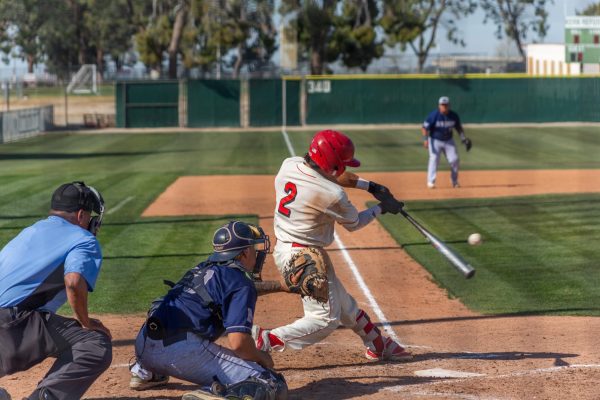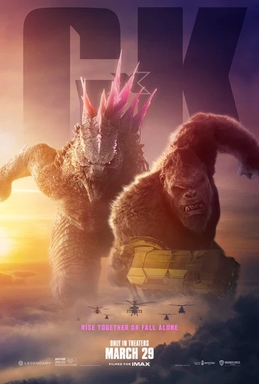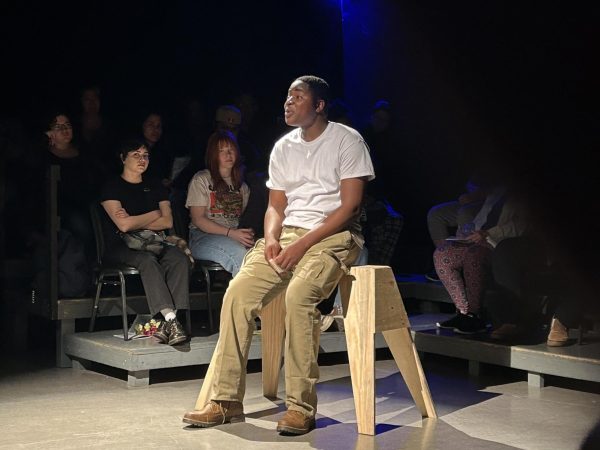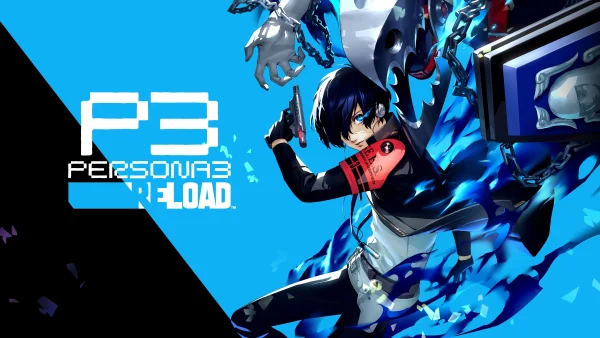The Falcon and the Winter Soldier review: Try trusting the audience
March 22, 2021
The Marvel Cinematic Universe’s newest property to debut on Disney+, “The Falcon and the Winter Soldier” was released March 19, two weeks after the surprise hit “WandaVision” ended.
“The Falcon and the Winter Soldier” followed the titular Avengers readjusting to life shortly after the events of “Avengers: Endgame”. Sam Wilson (Anthony Mackie) and Bucky Barnes (Sebastian Stan) are each working to find their place without the help of their common link, Steve Rogers (Chris Evans).
The premise of the show is that of a universe deeply affected by the world the writers have created, Earth no longer has its Captain America and has changed in many other dramatic ways.
While the MCU benefits from being able to reference a large canon of films their audience now flippantly has seen multiple times, but “The Falcon and the Winter Soldier” might be trying too hard.
The interesting directing choices made it difficult to focus on the intriguing concepts being introduced in the pilot. The episode is filled with lingering shots that seem to stay on what the camera’s focus is just long enough that a viewer understands what the show wants for the audience to see and understand and starts to feel bored. By the time the editor cuts it is to a scene that is almost completely contrasting it and does hardly anything to alleviate this sudden and strange change.
This poor tone followed throughout the episode, with jokes that felt either extremely obvious and therefore hardly seemed worth a laugh or fell flat awkwardly. During one of the episode’s more serious scenes, the director took the term close-up extremely literally, cutting between two characters as they spoke, the camera framing just the area around the characters’ eyes and nose.
In a particularly egregious series of scenes, the show repeatedly hammers in what should be a shocking revelation but in doing so repeats its earlier mistake of letting the camera linger for too long; the show does this four times before finally allowing the characters to move on with the plot, but the plot point will likely reappear (and reappear and reappear) in a later episode.










